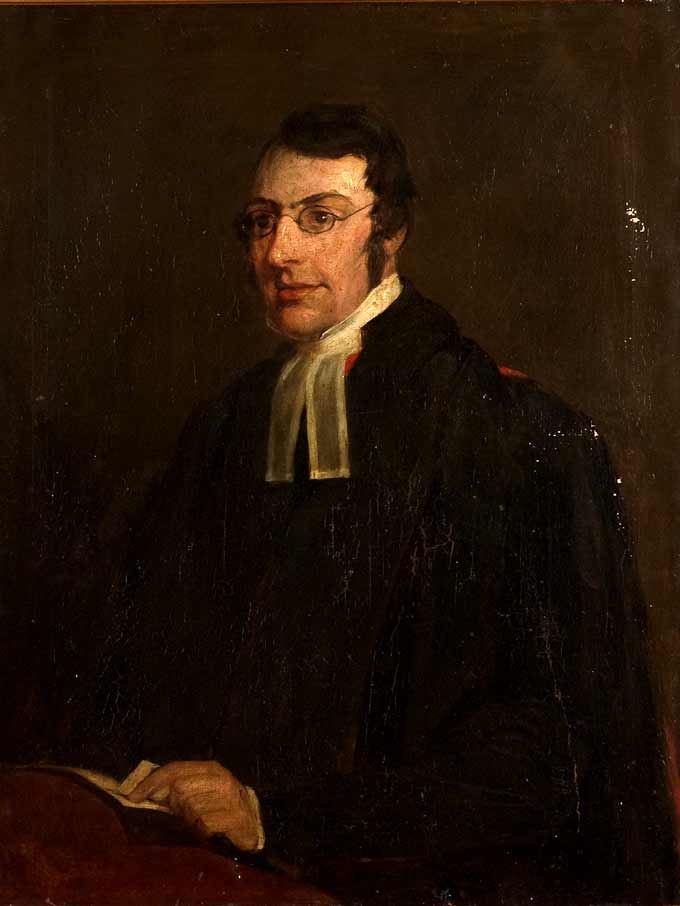
18th Century Gentleman Portrait
17th- and 18th-century Europe In history of Europe: Nobles and gentlemen.the two terms nobleman and gentleman indicates the difficulty of definition. The terms were loosely used to mark the essential distinction between members of an upper class and the rest.
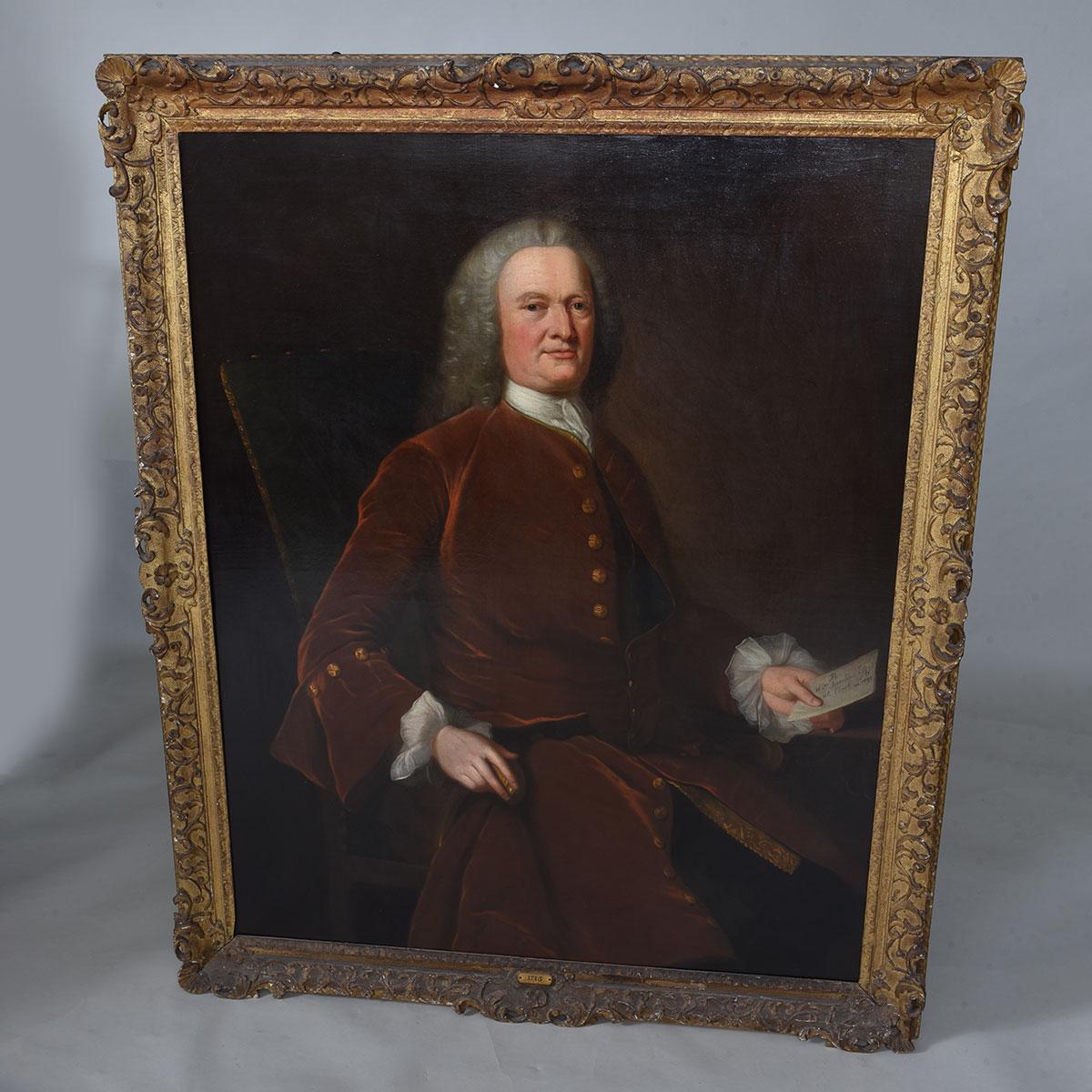
Large 18th century Portrait of a Gentleman BADA
By the 18th century, gentlemen in the American colonies were allowed to "do" a few things without sinking in caste. Their education, dress, and manners, often acquired in the process of study.

18th Century Portrait Of A Gentleman 698339 Sellingantiques.co.uk
For a few years in the early 18th century, from about 1715 to 1720, piracy experienced a golden age.. Whatever his motives for becoming the Gentleman Pirate, Stede Bonnet's name would not live.
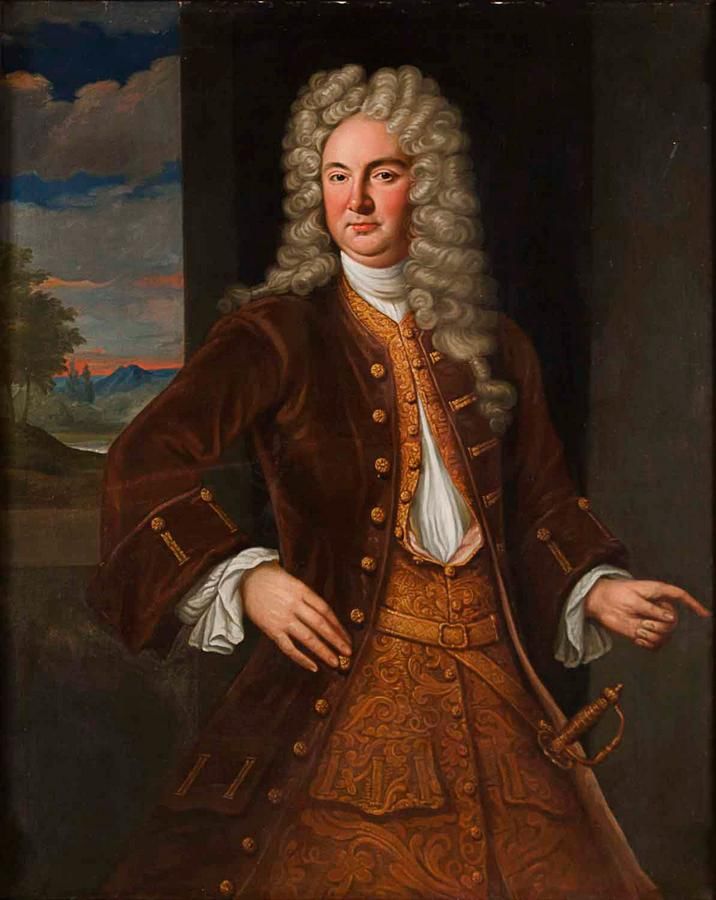
Curled Wig Gentleman Oil Paintings and Acrylics Art
After the British troops commanded by Lt. Gen. Charles Cornwallis stacked their arms on Oct. 19, 1781, and became prisoners of the Americans and French at Yorktown, Va., General George Washington hosted a dinner for the defeated commanders that evening.
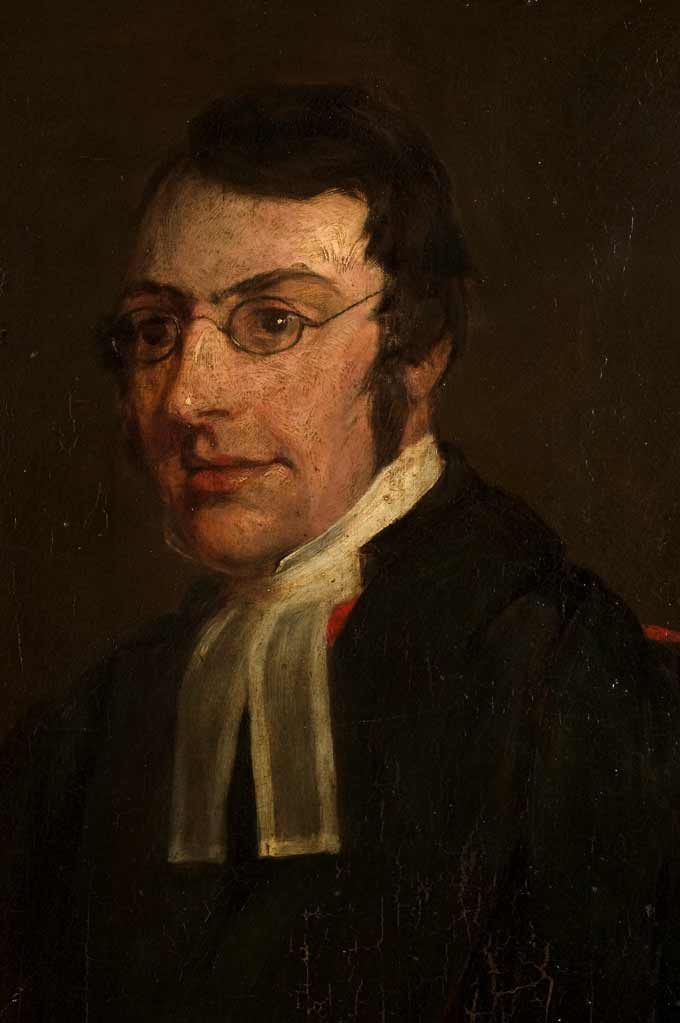
18th Century Gentleman Portrait
David Cody, Professor of English, Hartwick College. he concept of the nineteenth-century Gentleman is a complex one, though it is one which is, as one recent critic has noted, "the necessary link in any analysis of mid-Victorian ways of thinking and behaving." The Victorians themselves were not certain what a gentleman was, of what his.

Men Custom Portrait Portrait, 18th century clothing, Custom portraits
Gentleman The Complete English Gentleman (1630), by Richard Brathwait, shows the exemplary qualities of a gentleman. A gentleman ( Old French: gentilz hom, gentle + man; abbreviated gent.) is any man of good and courteous conduct. [1]

Portrait, 18th century portraits, Gentleman
gentleman, in English history, a man entitled to bear arms but not included in the nobility. In its original and strict sense the term denoted a man of good family, deriving from the Latin word gentilis and invariably translated in English -Latin documents as generosus.

English school (18th century) Portrait of a gentleman Catawiki
A gentleman gets dressed in the fashion of 18th century. He puts on his clothes, with help in a particular order, including a full shirt with voluminous slee.

Antiques Atlas 18TH CENTURY OIL PORTRAIT OF GENTLEMAN
A Gentleman Knows How to Treat a Lady The Gallant Suitor by Edmund Blair Leighton To Victorians, there was a proper etiquette on how to treat a lady. Some conventions may have changed, but the underlying sentiment is as relevant today as it ever was. Here's what the Gentleman's Book of Etiquette has to say:

18th Century Gentleman's Linen Summer Suit by AngloPhotography 18th
Gentleman of the Georgian Era. Author's Collection. Steele was onto something as this came to be the modern parlance for the term beginning in the early 1700s. Thus, based on Steele's idea of gentlemanly behavior, one eighteenth century writer, John Trusler, provided principle of politeness based on 35 tips for the Georgian gentleman.
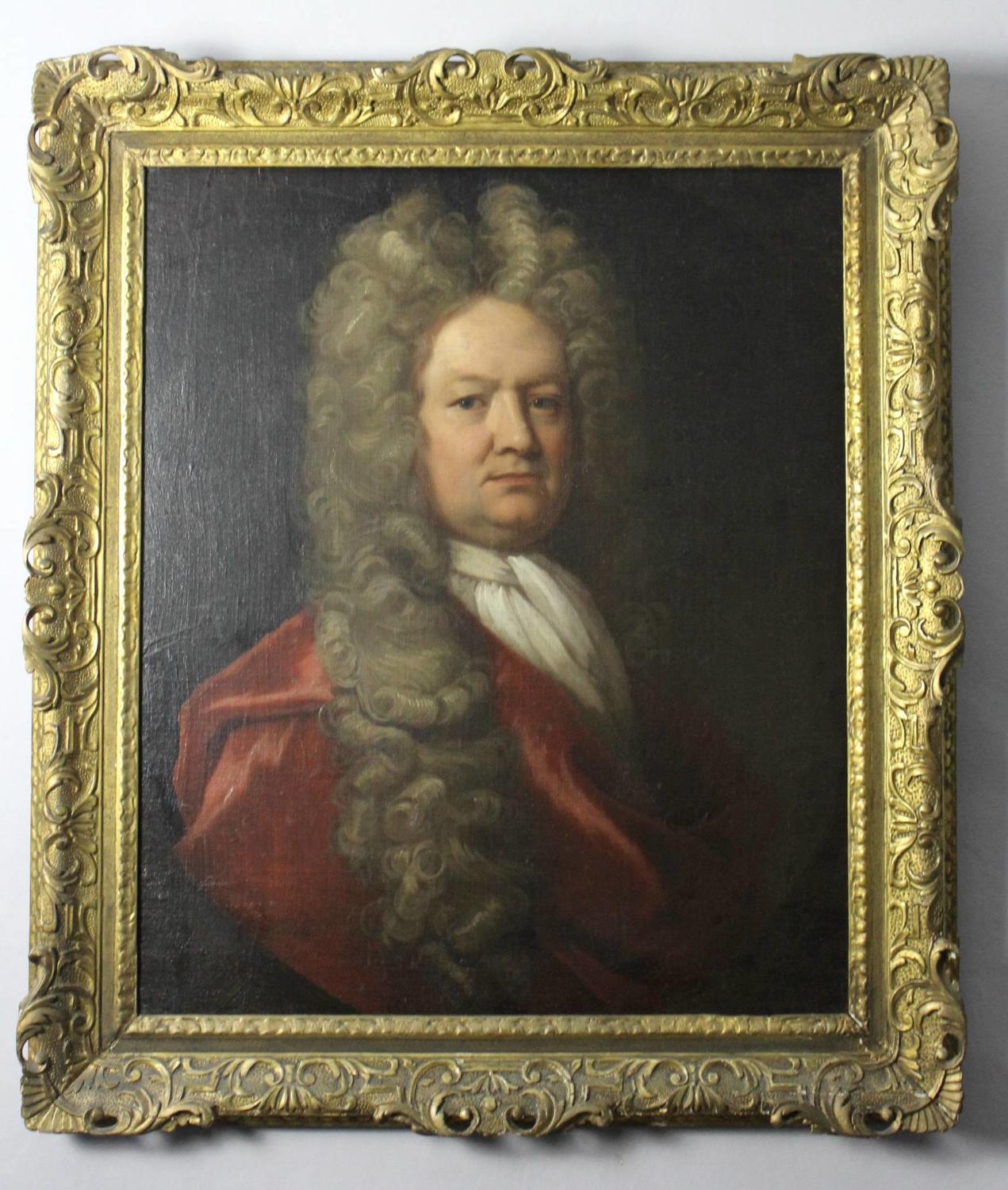
Early 18th Century Portrait of a Gentleman
GENTLEMAN. GENTLEMAN. The word "gentle" is derived from the Latin word gentilis, an adjective meaning 'of or belonging to the same clan, stock, or race'. Throughout the early modern era noble birth would largely define the gentleman, but the ideal of gentlemanly behavior changed dramatically from the sixteenth through the eighteenth centuries.

Portrait Of A Gentleman, 18th Century Work. Portrait Colorful
The sword, once a weapon, became a fashion item in the late 18 th century. As dress sword, it was a standard accessory for gentlemen, but wouldn't be worn when dancing. Dress swords were explicitly forbidden at Almack's. Gentlemen were required to leave their swords at the door. The dress sword on the left (photo below) is from an admiral.

1780 Francis Wheatley A Gentleman and His Dog in a Landscape, Yale
In the eighteenth century, it was in men's clothing that the aesthetic potential of embroidery came to the fore. Coat, Waistcoat, Breeches (Mid. 18th century) The Kyoto Costume Institute. Mid-18th century menswear. The coat has large cuffs and deep pleats from both sides of the waist to the hem at the rear. The waistcoat is long enough to.
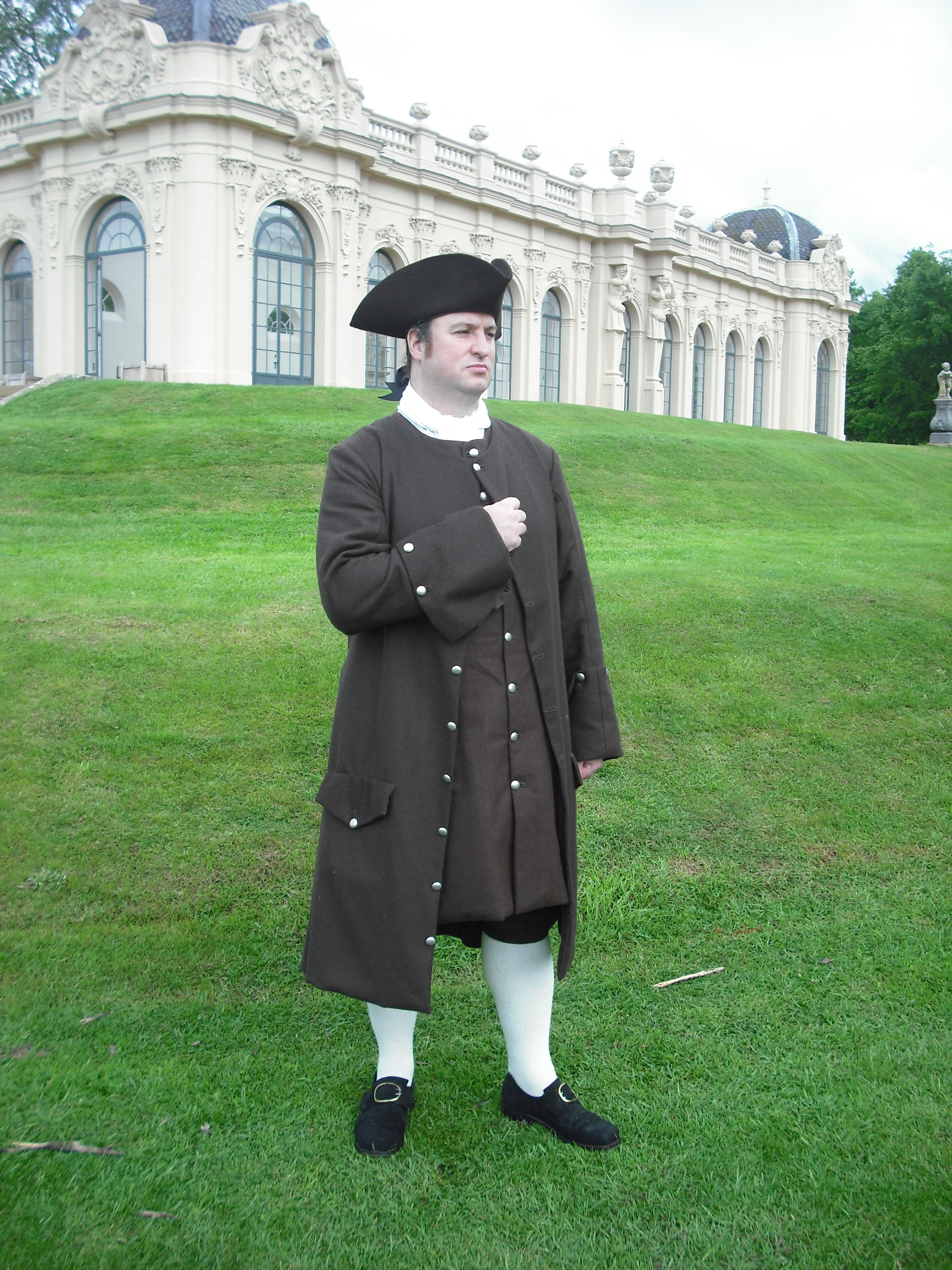
Frock Coats at Cloak’d and Dagger’d
England, ca. 1730 Nightgowns, which were worn over a shirt, breeches and waistcoat, provided elegance and comfort for men in indoors. The name Banyan points to this article's Indian origin, they.

Sold Price English School, (18th century), Portrait of a gentleman in
Getting clothes on for a day in the eighteenth century was even more complicated for ladies than for gentlemen, as evidenced by the fact that its video requires two additional minutes to show every step involved. We begin with the shift, an undergarment worn without knickers. Like the gentleman, the lady.

18th CENTURY ARTIST Portrait of gentleman.
There were however three areas of the life of the 17th- and 18th-century gentleman where the idea of fairness was widely considered relevant: fox-hunting, horse-racing, and duelling. We will look at each of these in turn with a view to considering whether they add up to anything like a distinctive aristocratic tradition of fair play.